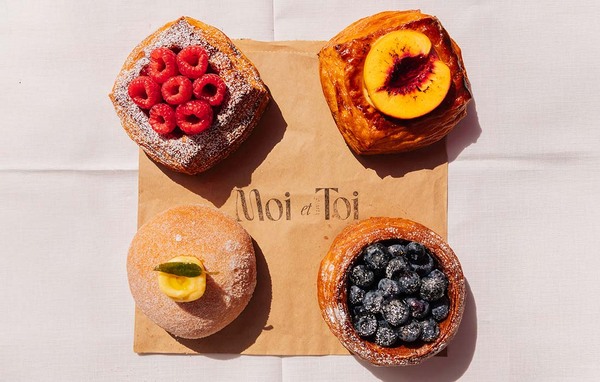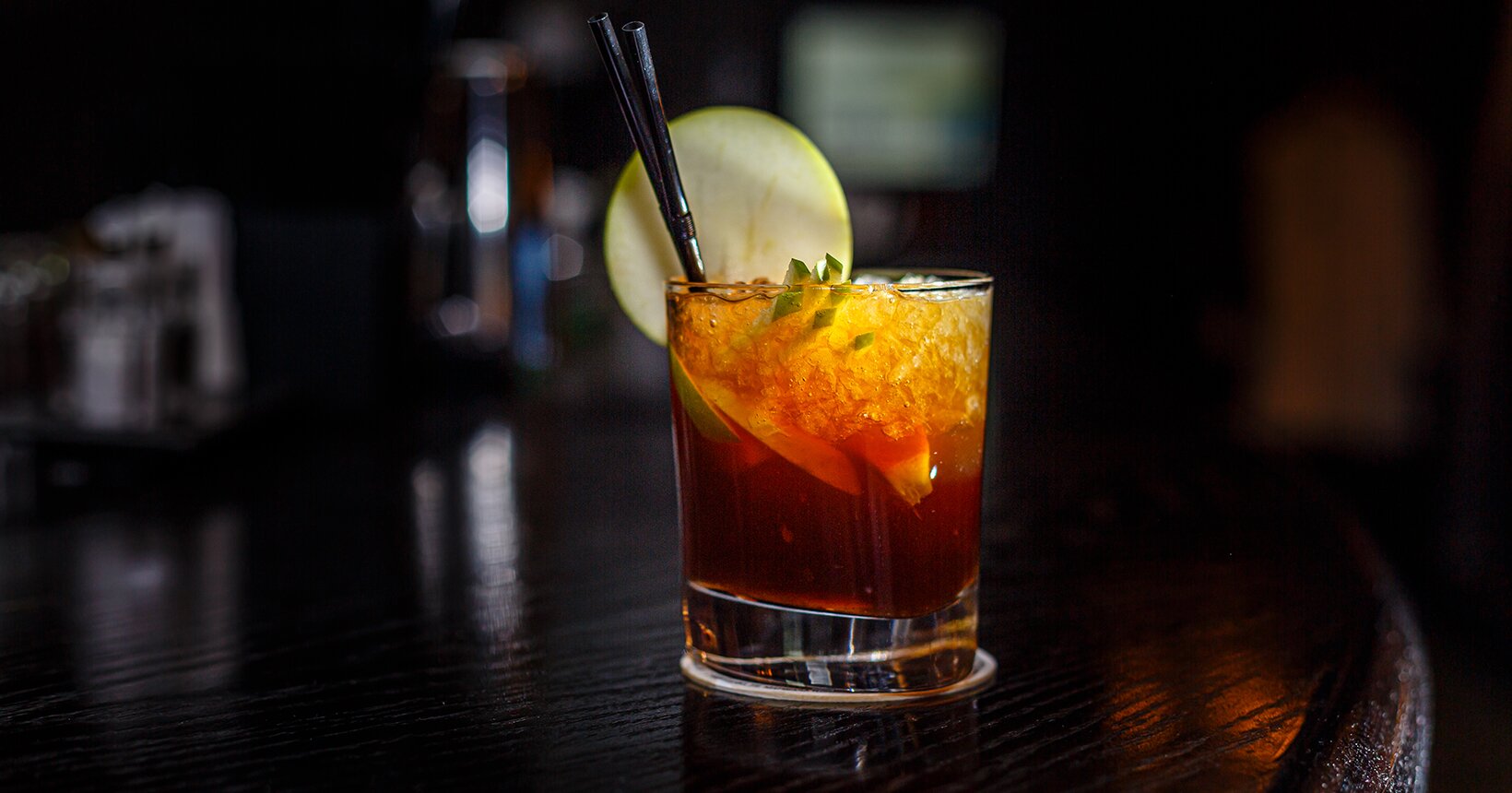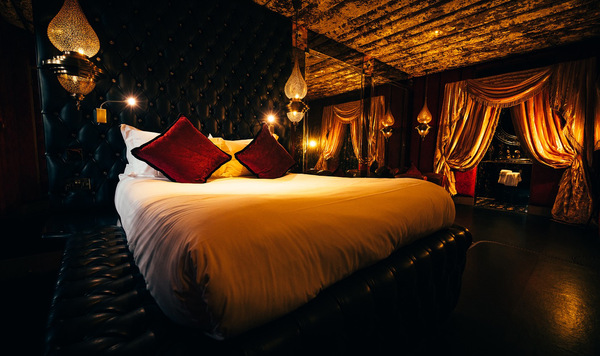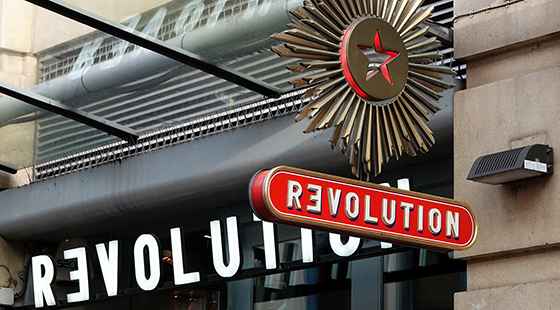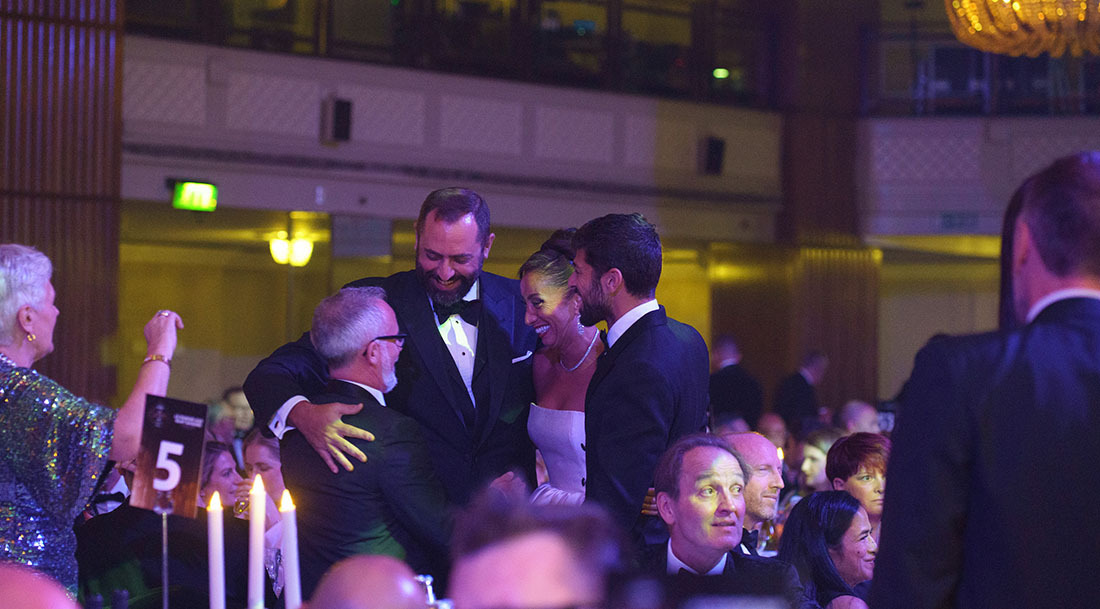Black magic: dark spirits to bewitch from behind the bar
At-home experimentation with rums and whiskies has led to discerning customers knowing which dark spirits to order to create craft-level, quality cocktails.
At-home experimentation with rums and whiskies has led to discerning customers knowing which dark spirits to order to create craft-level, quality cocktails. John Porter goes over to the dark side
While vodka has long been the best-selling spirit, and gin the darling of the distilling sector, there is increasing evidence of consumers turning to the dark side of the spirits shelf.
The popularity of American whiskey, especially bourbon, makes the UK one of the most important export markets to US distillers. However, tariffs imposed in 2018 by tit-for-tat trade wars, which have also caused problems of Scotch whisky sales to the US, have seen sales to the UK decline by more than 50%.
This prompted the Bourbon Alliance, which includes Jim Beam, Maker’s Mark, Brown-Forman and many craft distillers, to call on the UK government to make good on a pledge that the tariffs would be removed post-Brexit. Meanwhile, rum has been quietly making up ground, with the Wine and Spirits Trade Association declaring it the ‘drink of lockdown’ after strong year-on-year growth in the first half of 2020.
For the on-trade, the challenge is persuading the younger consumers, who have embraced gin and who may be deterred by perceptions of more complex, aged flavours in dark spirits, to try cocktails and long drinks made with rum and whiskies.
Diageo promotes its Captain Morgan Original Spiced Gold brand variant with suggested serves such as the Captain Mint Cooler, which mixes the rum with lemonade, mint and lime. Faith Holland, head of category development, on-trade for Diageo, says: “Within the rum category, short, sweet and neat serves are an excellent way to pique interest and drive sales.”
Also with mixing in mind, 2020 saw the launch of pineapple and mango flavoured Captain Morgan Tiki, while the Captain Morgan Dark Rum variant blends barrel-aged rums to provide notes of coffee, dark chocolate and caramel.
With whisky, Holland believes: “it’s important to try and ensure that consumers understand and have a better knowledge of the wide variety of ways in which it can be enjoyed. From classic serves and long drinks to highballs and spritz serves, consumer attitudes and perceptions towards whisky are changing and people are looking for new and fun ways to make the most of the category”.
Perfect partners
Mixers are an essential weapon in the on-trade’s armoury when it comes to enticing consumers to try dark spirits drinks. Paul Robertson, head of on-premise at Coca-Cola European Partners, cites Mintel figures showing that a third of consumers who drink dark spirits and liqueurs are interested in making cocktails with them. “As the dark spirits category continues to develop with new flavours and innovations, mixers are evolving to provide a broader range of options to complement them, too,” he says.
“Our Coca-Cola Signature Mixers range is a great example of this. It has been developed with leading mixologists to provide a premium mixer option that gives consumers the chance to discover and enjoy dark spirits in the same way that tonics have enabled the exploration of gin.”
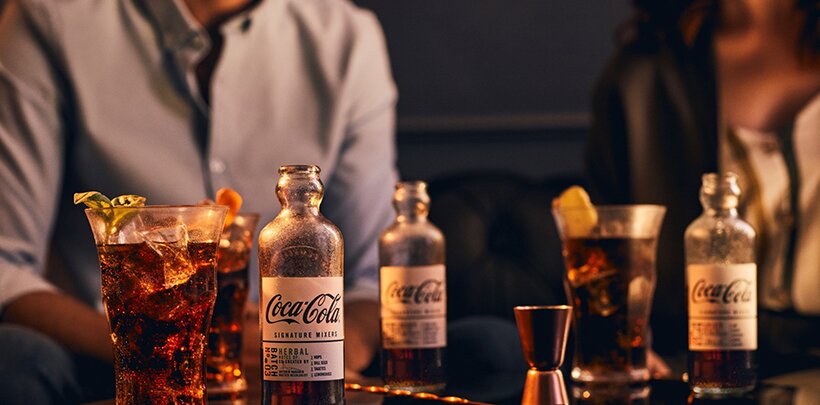
A rum do
Much of the interest is being sparked by smaller brands seen as having craft credentials. Skylark Spirits has developed serves for its Companero Extra Anejo rum brand, including the espresso RumTini and Rum Old Fashioned, aimed at consumers who enjoyed rum during lockdown, as well as to enable the on-trade to promote premium rum cocktails.
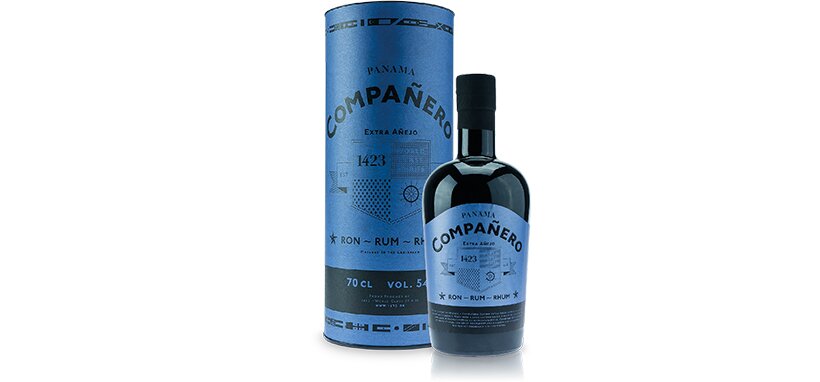
Indy Anand, director of Skylark Spirits, makes the point that the colour of a gold or dark rum can as easily be obtained by adding caramel colour as it is by authentic barrel aging, so “we’d recommend putting effort into getting customers to understand the different subsections in rum – craft, spiced, fruit, flavoured – and also the two main base materials of molasses and cane juice, both from sugar cane.”
To encourage crossover from the cocktail at home trend, she advises that “the on-trade needs to ensure that the quality of the ingredients, as well as the cocktail creation, is far superior than consumers have been making at home. This would include using premium spirits to improve credibility with customers. Alongside this, having a wider selection in the rum category will also help expand on the education consumers have done at home and continue their journey into understanding what they enjoy drinking.
“Take a look at your rum selection,” says Anand. “How would your range fit into the subsections? An aged molasses rum, a real fruit rum, an unaged cane juice rum, are all currently under-utilised areas of the rum world which add unique selling points.”
Becky Davies, head of commercial at Ten Locks, which distributes rums including Salford Rum, Diablesse Rum and Nusa Caña, believes rum is following the path of gin by becoming increasingly diverse, driving consumers to experiment.
“There’s a real opportunity for the on-trade to capitalise on dark rum, especially if they can bring consumers into the category and trade them up in the longer term, with more premium offerings,” she says. “Operators should aim to keep their dark spirits offering fresh, as consumers are constantly looking for new and unusual options at the bar, perhaps opting for something they might not drink at home or are curious to try for the first time.
“Many spiced rum brands bring unique stories, flavours and reasons to buy in, and some brands are really leading the way, giving consumers multiple reasons to purchase.
For example, Nusa Caña brings a taste of the Spice Islands of Indonesia, and strong sustainability credentials, as well as eye-catching label designs.”
Davies adds: “In addition, the popularity of spiced and dark rum will pave the way for a renewed appetite in other dark spirits, such as whisky, cognac, brandy and bourbon, so there’s longer-term potential for other products in the category, too.

Joanna Kennedy, brand manager for Don Papa rum, says that during lockdown, “we definitely noticed a spike in interest in premium, aged rums, like our signature Don Papa 7, which, with notes of honey and vanilla, is still approachable for the home environment. The on-trade can maximise this growing interest by offering a variety of atypical rums and rum cocktails that consumers haven’t tried before, and encourage an exciting and accessible exploration into the world of dark spirits.”
She advises operators to “definitely get to know your brands, and what makes them unique and premium. The consumer is always after a new experience, so a story or a fact about origins can go a long way. Always keep the bottle within vision, and consider offering both neat and cocktail serves to cater to all preferences.”
Echoing the diversification of gin, an ever-broader range of flavoured rums are also appearing. Diablesse Clementine Spiced Rum from Ten Locks combines with tonic or ginger ale for a refreshing long drink. Rhum Damoiseau, distributed by Skylark Spirits, follows the Caribbean tradition of including real fruit in the bottle and has recently launched Arrangé Pink Guava, using fruit from the island of Guadeloupe, for a refreshing and easy-drinking fruit rum.
Spirited away
Scotch whisky, especially mainstream blended brands, have tended to underperform in the on-trade over recent years, with volumes declining. Some analysts suggest that the traditional ‘heather and weather’ positioning and mystique around the product deters some consumers, especially in comparison to the accessibility and mixability of bourbon and American whiskey.
However, when positioned properly, Scotch can definitely fight its corner. YTL Hotels’ venue the Glasshouse in Edinburgh has an award-winning whisky bar that spotlights more than 150 Scotch whiskies, with general manager and resident whisky expert Tom Gibson heading up a team available to guide guests through Scotland’s finest, dram by dram, as well as recommending whisky pairings with hand-selected cigars.
The hotel also offers an Elite Whisky Experience, which includes a two-night stay in its Islay Suite, a seven-course whisky tasting dinner and a private guided distillery tour.
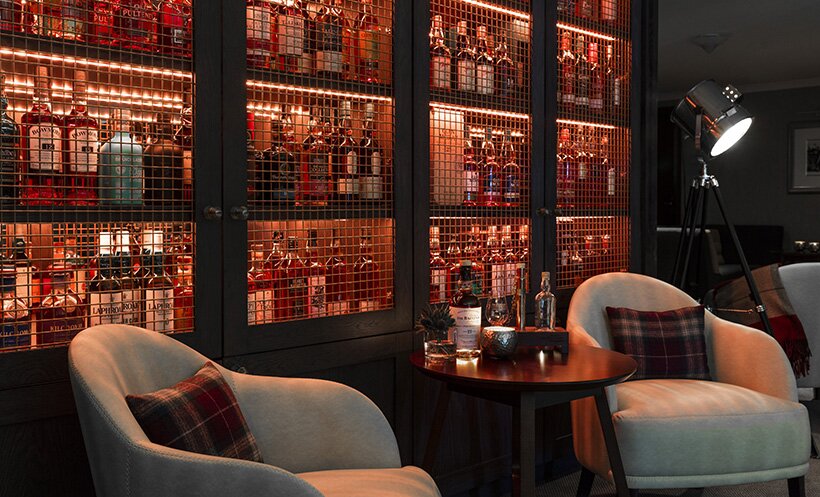
There’s room for further innovation in the dark spirits market; for example, Audemus Spirits recently launched the limited-edition Fractal 2.0, which combines a rose geranium eau-de-vie and cold-infused coffee into a dark digestif spirit that can be enjoyed neat or in a cocktail.
Mintel expects the UK dark spirits and liqueurs market to have declined by about 20% as a result of the pandemic, and expects volume sales to continue to fall in the next five years. For the on-trade, adding value with premium serves and appealing long drinks seems to be the answer.
Rum and whisky cocktails to try
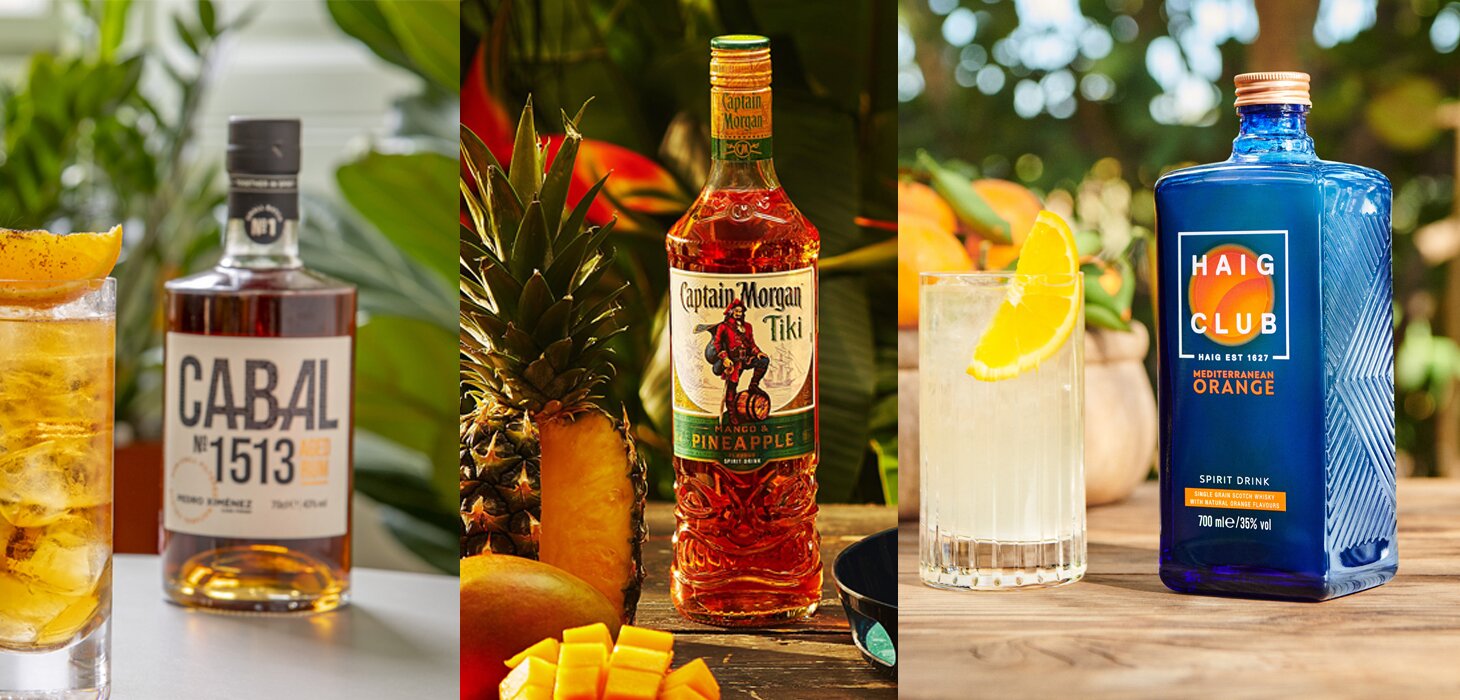
Espresso Rumtini
This spin on the espresso martini uses Companero Extra Anejo rum in place of vodka, adding depth and richness. Supplied by Skylark Spirits, this is a dark chocolate rum which adds another dimension to this classic and popular cocktail.
The Cabalero
Fresh orange juice plays a huge role in this seemingly simple drink, introducing a little acid to counter the sweetness. Fill a highball glass with ice. Pour 50ml of Cabal No.1513 aged rum and 10ml of freshly squeezed orange juice – a large orange wedge should give about 10ml of juice. Top up with ginger ale and stir lightly. Garnish with a fresh orange wedge.
Captain Morgan Tiki with lemonade
Fill a large, chilled glass with fresh ice cubes. Pour 25ml Captain Morgan Tiki over the ice, and top up with lemonade.
Haig Orange and lemonade
Fill a glass with fresh ice cubes. Pour 50ml Haig Club Mediterranean Orange over ice. Top up with 150ml Fever Tree Lemonade. Add a slice of orange.
Suppliers
Audemus Spirits www.audemus-spirits.com
Bourbon Alliance www.bourbonalliance.com
Cabal www.cabalrum.com
Coca-Cola European Partners my.ccep.com
Diageo www.diageo.com
Don Papa www.donpaparum.com
Skylark Spirits www.skylarkspirits.com
Three Locks ten-locks.com
Main image: Milanchikov Sergey/Shutterstock.com


